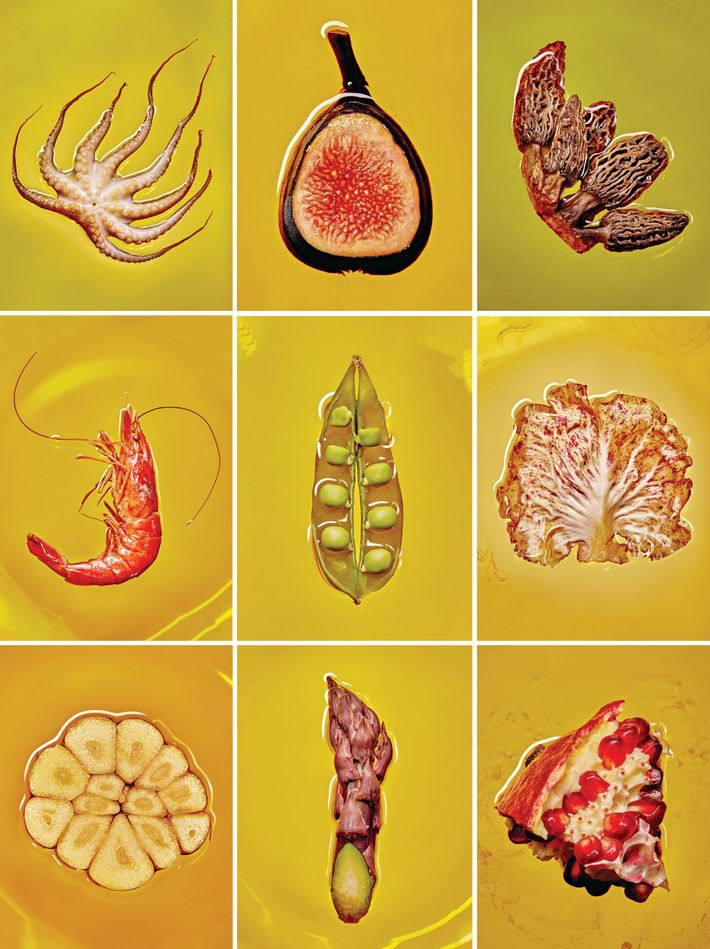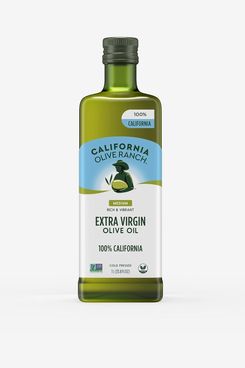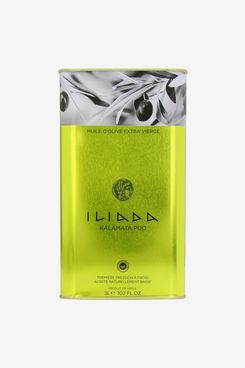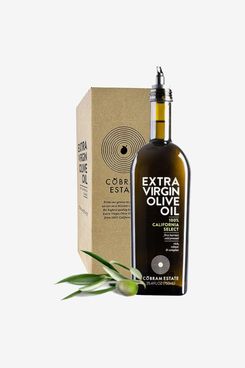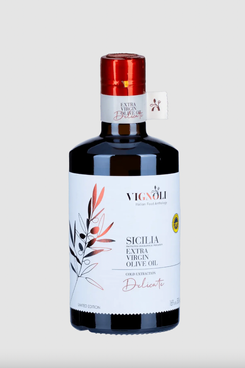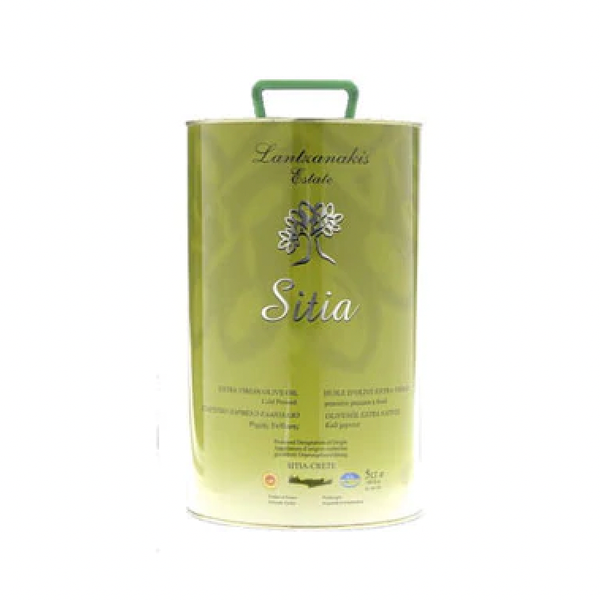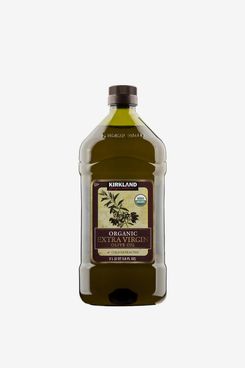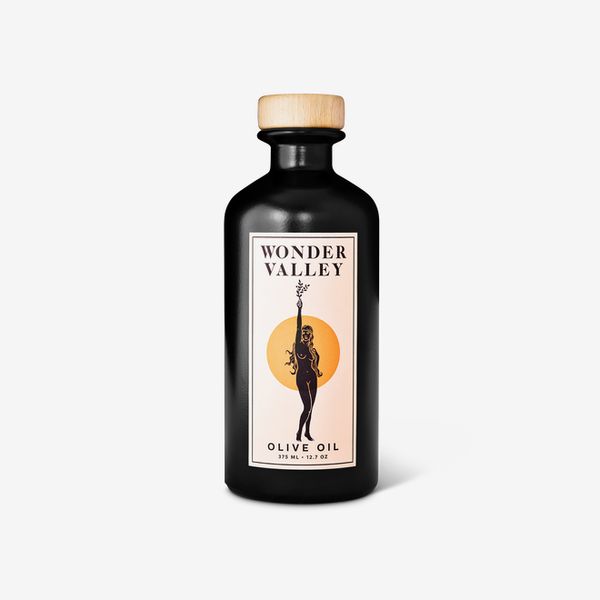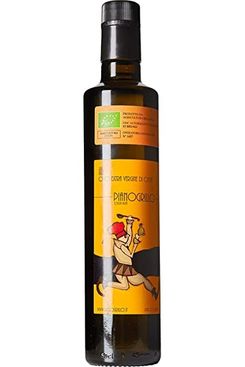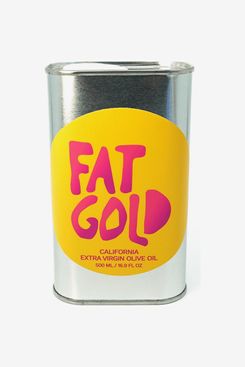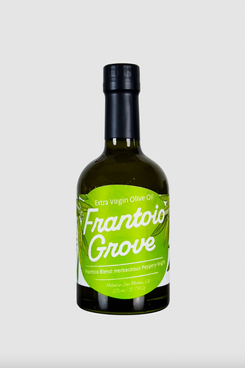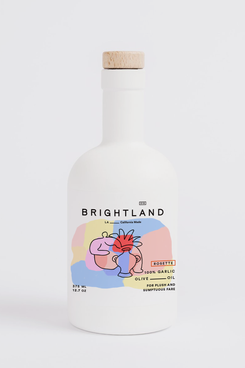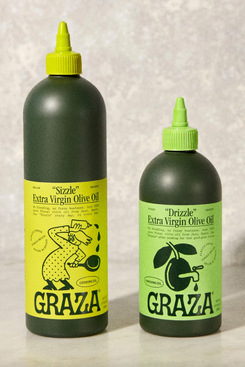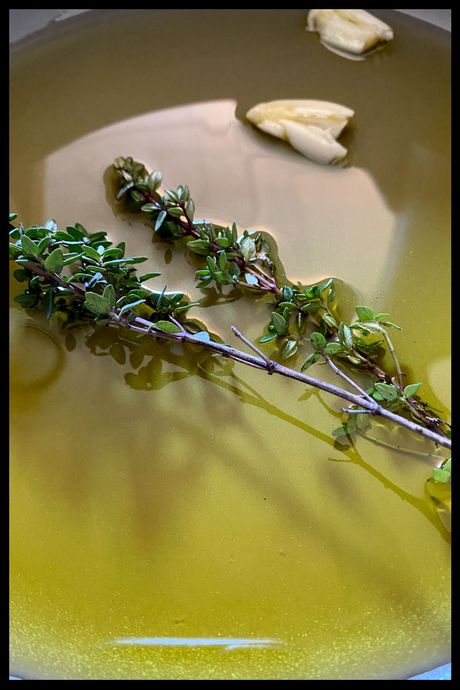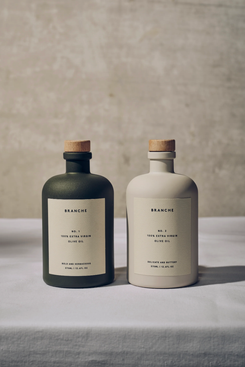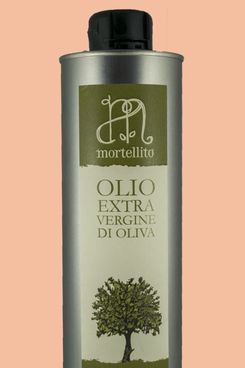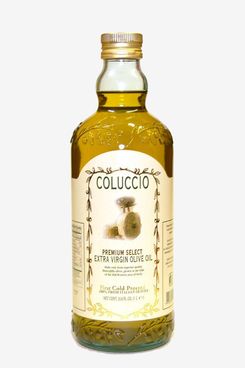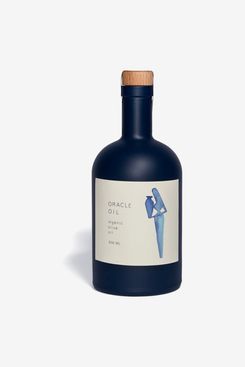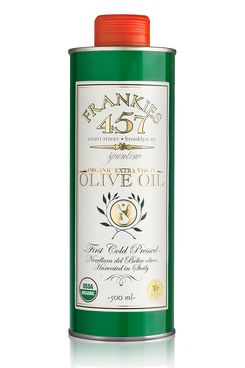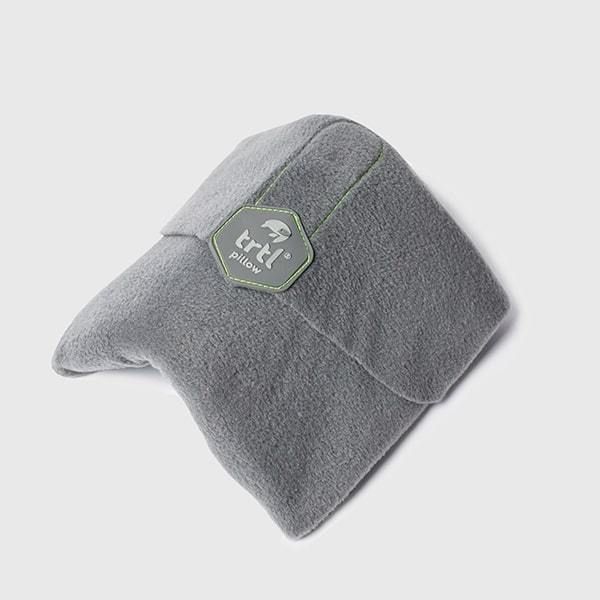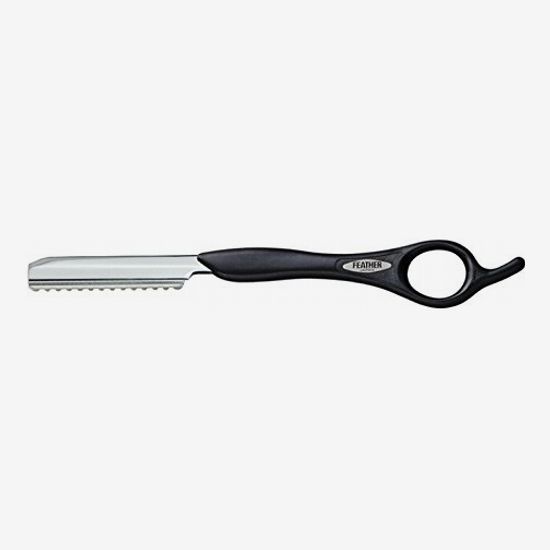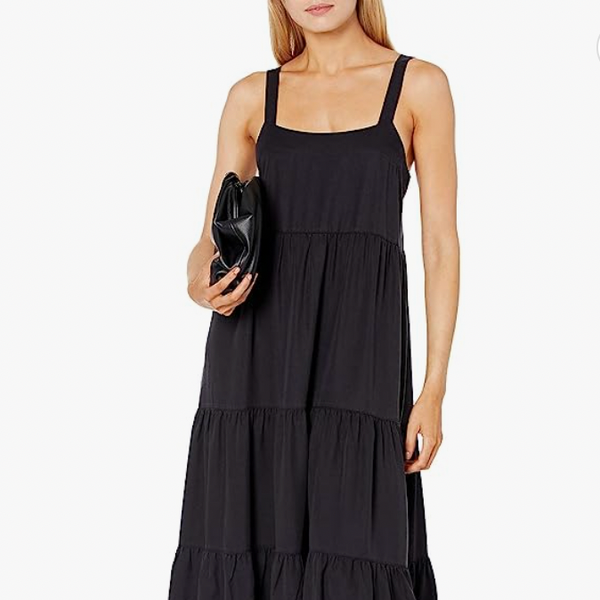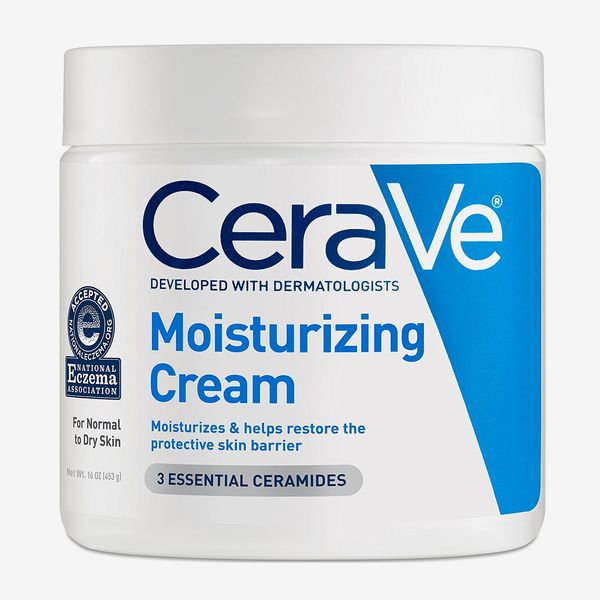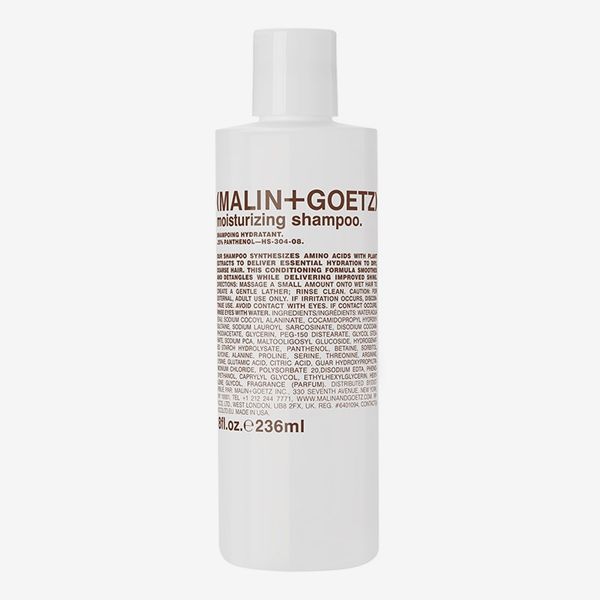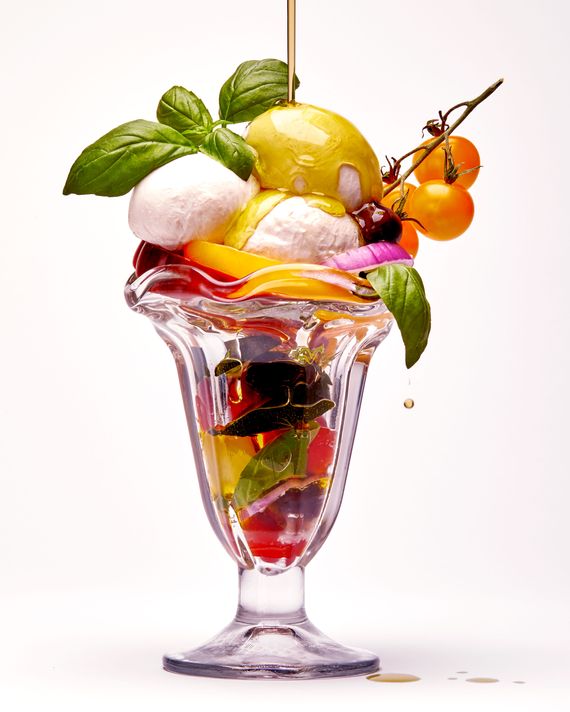
In this article
Even as someone who cooks the vast majority of meals at home and goes through a lot of olive oil every week, I find that section of the grocery store overwhelming. Some hail from Greece, others from California, others still from Italy. Some are small with high price tags, others are bigger at a reasonable cost. Some boast that they’re “extra-virgin,” and others say “pure” or “refined.” The sheer number of options gives me decision fatigue.
I do have my favorites — certain varieties I turn to regularly because I find them delicious enough to stand out in a salad dressing or drizzled raw on top of a dip, but not so expensive that I can’t use them liberally when I cook every day. Still, I wanted to know more and track down the very best of the best, so I consulted a group of 16 experts — chefs and olive oil sommeliers among them — to narrow it down to some of the tastiest, most reliable options on the market, and then tested even more out myself.
In talking to the pros, I learned that following several basic guidelines will get you most of the way to buying a solid bottle. To start, you should be looking for extra-virgin olive oil, as both Emily Lycopolus, olive oil sommelier and author of The Olive Oil and Vinegar Lover’s Cookbook, and Nancy Harmon Jenkins, cook and author of Virgin Territory: Exploring the World of Olive Oil, told me. If you see a bottle only marked “olive oil,” that means it’s been treated and refined, the subtleties of taste disappearing entirely. The threshold for olive oil to be extra-virgin is intense (it involves laboratory tests, and is, in fact, the only edible commodity in the world to also involve human taste tests). But the bottom line is that extra-virgin contains “no defects” from picking, to processing, to bottling.
Within the extra-virgin category, there are a few ways to find the good stuff. First, look for a harvest date. Olive oil is a fruit juice, and as such, it gets dull-tasting around 12 months, and has certainly gone bad by 18 months. (Expiration dates can actually be misleading; they’re measured from bottling, which means it’s possible the oil sat around for a long time before then.)
Another key indicator of freshness is bottle color and material. Light, heat, and oxygen are all enemies of olive oil, meaning your best bet is that the liquid gold is contained in a dark glass or entirely opaque bottle, ideally not made from plastic or a non-stainless steel type of metal, and stored away from windows or industrial lights (neither Lycopolus nor Jenkins will buy bottles that has been stored on the top shelf of a grocery store).
Finally, Jenkins says, look for the olive varietal or the estate on which the olives were grown and pressed. While there are equally delicious olive oils being made everywhere from well-known countries like Italy, Greece, and Spain, to lesser-thought-of places like California, Chile, and Australia, bigger industrial producers tend to mix a bunch of different strains together (even if they’re all technically extra-virgin).
The rest is pretty much up to how you’re going to use the olive oil and your own personal taste, which means there are a lot of stellar bottles I had to omit for fear of making this list more overwhelming than useful. This analogy gets thrown around a lot, but picking a “best” bottle of olive oil is a lot like picking a “best” bottle of wine (meaning, nearly impossible). That said, this is also a very good place to start. And if you’re shopping for skillets to use with all that olive oil, I’ve got you covered.
What we’re looking for
Primary use
There are two main reasons you use olive oil in the kitchen. The first is for everyday cooking when the oil comes into contact with heat — things like frying eggs, sauteing vegetables, or rubbing over chicken or meat. The second is for finishing dishes, or in salad dressings, or for dipping chunks of bread. In truth, most bottles can handle both tasks perfectly well (good enough to drizzle raw, affordable enough to not be too precious), and it might depend more on your olive oil budget than anything else. But for the purposes of this piece, I categorized each based on where it most closely landed on that spectrum, and noted when it really was a solid performer in both categories.
Tasting and character notes
This is where personal preference really comes into play. Professionals can get super nerdy about describing different olive oils (seriously, some of the people I consulted sounded like they were describing wine varietals). Even so, there is something to be said for considering the general profile, whether it leans grassier, or spicier, or nuttier, whether it gives you a kick in the back of the throat, or is generally well-rounded and mild.
Best olive oil overall
Use: Cooking | Tasting notes: Mild
California Olive Ranch has been the brand of olive oil I’ve used most over the years. It’s affordable enough that I don’t feel guilty using a decent amount for shallow-frying, and mellow enough that it can take the background in marinades (but still not so neutral that the taste totally disappears when I whisk it into a salad dressing).
Many of our experts told me it is their go-to as well (not to mention, it’s a brand often used in professional test kitchens). Anna Hezel, senior editor at Epicurious and cookbook author, calls it a “mild olive oil that is still pleasant-tasting.” She uses it for frying, baking, and drizzling, noting that she’s “never had a bad bottle.” This is because California Olive Ranch is one of the few bigger producers that always notes that harvest date. Nick Coleman, olive oil expert, educator, and co-founder of the olive oil subscription service Grove and Vine, says, “it has a light to medium body, is a little buttery and viscous in the mouth, and isn’t too assertive.” Plus, “it’s at a price point you can really cook with,” he adds. That’s certainly true for Matt Hyland, co-founder of New York City’s Pizza Loves Emily. He says it works just as well in a dressing as it does drizzled on top of a sizzling pie straight from the oven.
Best olive oil for cooking
Use: Cooking | Tasting notes: Mild, smooth
Iliada’s tins of olive oil have become my more recent go-to. This is in part due to the large size. I go through a lot of olive oil, so buying in bulk allows me to shop less often and the shape fits compactly in my skinny pantry cabinet. One note: It’s not easy to pour this oil directly from the hole in the flat top of the container, which creates an unsteady stream and drips down the side. You’ll want to decant into a separate squeeze bottle or glass bottle with a slim spout (this is the one I’ve been using for years).
But I also love the taste. Though Jenkins calls it “less assertive” than the distinctly flavorful oils she prefers for finishing (like the Pianogrillo listed below), I find it to have slightly more peppery notes than California Olive Ranch. While that bite disappears when cooking with more aggressive flavors like onions and garlic, it lingers on grilled bread and roasted potatoes (and is a welcome addition when applied raw).
Still, it’s mild and smooth, Jenkins says. “You don’t want to use a fine Italian estate bottle of olive oil for cooking any more than you would use up Chateau Lafite Rothschild to make beef Bourguignon,” she says. It’s also well-priced at 54 cents an ounce, one of the reasons her daughter uses it at her restaurant, Nīna June in Rockport, Maine, for almost everything. (That’s about half the cost of California Olive Ranch, which comes out to close to a dollar per ounce.)
Best olive oil for dipping and dressing
Use: Cooking and finishing | Tasting notes: Well-rounded, green fruit, peppery
Cobram Estate’s olive oil is another I’ve used quite a few times. Because of the price point, it’s well suited for dipping and dressing, both of which benefit from something I can use liberally but is distinctly tasty in its raw form. I’m less inclined to pour from it than the Iladia tin when I’m charring roasted vegetables in the oven or sizzling chicken cutlets on the stove. “It’s buttery and grassy at the same time, which is a combo you don’t usually get,” says Hyland. “It’s complex but also easygoing. Get a nice bread, dip it, add some Maldon salt, and eat that for dinner.” Lycopolos points out that the taste can vary slightly from year to year, but that the California blend is “typically well balanced, with lots of green fruity notes on the front of the palate (artichoke, green olive, Granny Smith apple) and peppery notes on the finish (arugula, mustard greens, peppercorn).”
The company also produces a few varieties of less expensive extra-virgin olive oil — right around the price point of California Olive Ranch — that are all a bit mellower in taste. The classic — in between robust and mild — is another bottle I’ve tested that hits a similar sweet spot: subtle, especially when cooked, but flavorful enough that a raw drizzle over, say, roasted vegetables still gives you some flavor.
Best olive oil for baking
Use: Baking | Tasting notes: Fruity, plum
Sure, you can use any extra-virgin olive oil when baking. But I’ve found that certain, more mild varieties (California Olive Ranch, for example) fall more to the background, still adding their fattiness to the texture but not so much in flavor. If you want whatever you’re making to really taste like olive oil, you’re better off going with something more pronounced. For Lycopolus, that’s this bottle from Sicily from a producer who has been in the business for over two decades. “I use it in muffins and scones. It pairs so well with fruity desserts. It’s really good in chocolate cupcakes, and just drizzled on vanilla ice cream, sprinkled with sea salt,” she says. “I bet you didn’t think an olive oil could taste like plums, but this one actually tastes like plums. It’s so fruity.”
Best less expensive olive oil for baking
Use: Baking | Tasting notes: Vegetal, subtle brightness
Liz Quijada, co-owner and baker at New York City’s Abraço, uses this olive oil to make most of the baked goods at her cafe — including her beloved olive oil cake, which has been on the menu since 2007. She spent five years searching for the right one, and when she tried Siti Lantzanakis, “I was like, ‘Oh, it’s perfect,’” she says. Quijada describes it as “a bit vegetal with a subtle brightness” that won’t compete with a recipe’s sweetness. Plus, it has an ideal mouthfeel, which, when it comes to baking, is as important as flavor. “Often when you’re in the not-expensive category, you get something that has a thicker-than-comfortable viscosity,” which Quijada likens to the texture of motor oil and can weigh down a cake.
Best olive oil to buy in bulk
Use: Cooking | Tasting notes: Mild
I’ll note up top: This pick comes with two characteristics that Jenkins and Lycopolus deemed undesirable. It’s packaged in a plastic container (though, granted, a darkly shaded one), and it contains olive oil pressed from olives across the Mediterranean. But “don’t laugh,” Danielle Oron, author of Food You Love But Different, told us when she mentioned it as one of her favorites. “I go through a lot of EVOO.” A quick Google search backs up her claim — it’s well-reviewed across the internet (including by the one and only Samin Nosrat), especially compared to other olive oils in the same price range. “It’s definitely a light-flavored olive oil, and balanced, not overpowering or too bitter,” says Oron. “I might not use it for straight dipping bread, but I make really punchy salad dressings and it totally blends into the background. I also make a chili oil where you pour hot oil over chili flakes and scallions and it sizzles up.” Plus, at about 30 cents an ounce, it’s the best value buy on this list.
Best peppery olive oil for finishing
Use: Finishing | Tasting notes: Peppery, grassy, herbaceous
For finishing steak or dipping bread at home, Claire Wadsworth, co-owner of La Copine, turns to Wonder Valley, a Joshua Tree–based brand co-founded by Alison Carroll, a former quality-control member of the California Olive Oil Council. “If we could afford to use it in the restaurant, we would,” she says. “It’s always peppery — that’s the first thing I noticed — and it has a kick, but it’s still buttery and luscious.” Katherine Lewin, owner of the dinner-party-supply store Big Night, is also a fan of Wonder Valley’s flavor profile: “It tastes spicy, bitter, really wild, really dynamic — and just grabs you,” she says.
Best fruity olive oil for finishing
Use: Finishing | Tasting notes: Fruity, sweet, green tomato
While I go through cooking olive oil with abandon, I have to have a bottle of the finishing kind on hand at all times, too. This is, without question, my favorite one I have ever tried. It tastes a bit different year to year depending on the given climate and harvest time, but according to Italian-food importer Beatrice Ughi, there is one constant: “Because of the soil, it always has the flavor of green tomatoes.” Ughi likes using it to prepare seafood, but a fruity olive oil can enhance the flavors of everything from white meats to cakes to vegetable dishes — making the last sweeter and more caramelized. Pianogrillo is also one of the olive oils that Jenkins will drizzle on almost anything: “It has a distinctive fruitiness, but it also has a piquant kick in the back of the throat, which indicates a high level of antioxidants.”
Best olive oil for getting into olive oil
Use: Cooking and finishing | Tasting notes: Grassy, peppery, balanced
For those curious to learn the difference between Koroneiki and Picudo olives or the history of how olives were crushed to make oil, Lewin recommends Fat Gold, a small-batch producer in the Bay Area. Every order comes with a zine with tasting notes and details on how that bottle was produced — anything from the subtleties of the olive varietal to the science of how it was grown and harvested — as well as recipes and sometimes even literary pairings (the September 2020 issue recommends poems and a novella “to read with your Fat Gold”). Lewin is also a fan of the flavor and texture. “It’s grassy but not bitter, and it’s super-versatile,” she says. “It’s rich and really mouth-coating.”
Best steak olive oil
Use: Cooking and finishing | Tasting notes: Peppery, bitter, mustard greens
According to Lycopolus, one common misconception about olive oil is that it can’t take high heat. “If your oil is fresh, you won’t get a lick of smoke,” she says. This means that searing a steak in olive oil is perfectly acceptable, and for that, Lycopolus prefers Frantoio Grove. “I call this my steak oil,” she says. “I love to use it both to sear the steak itself and then to make a chimichurri to go with it.” According to her, the tasting notes — peppery, bitter, with hints of mustard greens — pair well with meat. And while a milder, creamier olive oil may get lost in the flavors of a chimichurri, this one is “super-robust, and it can stand up to all those herbs and garlic,” she says.
Best flavored olive oil
Use: Finishing | Tasting notes: Roasted garlic, buttery
Sometimes flavored oils can skew artificial-tasting — but that’s not the case with Brightland’s chili, garlic, lemon, and basil oils, all of which contain the essence of their infused ingredient in a clear and appealing way. I have the garlic one in my own pantry, which I use to make an easy version of garlic bread and to whisk into yogurt for a dip that has an allium backbone without being too biting. Noreen Wasti, creator of Noni’s Place especially loves the chili oil, which she says is “smokey and fiery” and “gives this nice hit in the back of your throat.” Nisha Vora, creator of Rainbow Plant Life, is a fan of the lemon, which she says is “really bright, and doesn’t taste at all bitter or muddied,” as well as the “super fresh” basil. If you’re curious about the flavors but don’t want to splurge on a 375-milliliter bottle, Brighland sells a tasting set that includes 100-milliliter bottles of each.
Best squeezable olive oil
Use: Cooking and finishing | Tasting notes: Mild, mellow (Sizzle); Spicy, assertive (Drizzle)
If you follow any chefs, recipe developers, or food personalities on social media, you’ve probably spotted Graza in their images and videos. The company, which launched a year and a half ago, has made its way into countless kitchens (including mine) and grocery-store shelves with a straightforward idea: It packages its high-quality oil in squeeze bottles, a method pros have always used by decanting. They make a milder flavor for cooking (Sizzle) and a more assertive one for finishing (Drizzle). With both, as Strategist writer Dominique Pariso writes in her ode to Graza, “the squeeze bottle means no slippery caps, no greasy bottles, and, most important, no accidental overglugging. Never again will I overdress a salad or drown my roasted veggies. Instead, I drizzle and douse with precision and control.” One note: While the bottles are made from recyclable plastic, their opaque finish (and the fact that they only house 500 or 750 milliliters of liquid) means that the oil inside stays stable.
Best olive oil set
Use: Cooking and finishing | Tasting notes: Bold, herbaceous (No. 1); Delicate, buttery (No. 2)
While Graza is indeed a set with one variety meant for cooking and the other for finishing, cook Ethaney Lee swears by Branche, which sells a similar duo. She says she likes them better than Graza’s for two reasons. First, the flavors are distinct, but not so mild or precious respectively that she worries about using them somewhat interchangeably: She has glugged No. 2 raw on top of a bowl of brothy beans and it still stands out, and she has whisked the “very bright and peppery” No. 1 into a dressing without it overwhelming the other ingredients, she says. She also likes the design of the vessels themselves, which she calls “more sophisticated.” Of course, this comes down to aesthetic preference, but what she’s talking about is quite clear: The material is substantial glass instead of plastic, the colors are more subdued, and the logo is minimal text instead of bold and cartoonish.
Best olive oil made by wine producers
Use: Finishing | Tasting notes: Brine, gentle white spice
It’s actually fairly common for wineries to get into the olive-oil business. “Typically, the top wine producers are overall incredible farmers,” says Chris Leon, owner and wine director of Leon & Son in Brooklyn. “They live off the land and work with it organically and biodynamically. If you ever visit a vineyard, you can see the polyculture, the multiple things they have growing at all times.” Jill Bernheimer, owner of Domaine in Los Angeles, agrees. “The same way you get a sense of terroir from a glass of wine, you do from olive oil,” she says. Mortellito is a particular favorite of Leon’s. As he explains it, the producer “is in this super-unique place in the southeast part of Sicily, really close to the ocean.” In the olive oil, “that comes through in brine. It’s more seaside, more breezy than some intense Sicilian oils,” he says. It’s complex enough that you could “nerd out about it, but you could also pour it for Mom and Dad.”
Some more olive oils we’ve written about
Our experts
• Jill Bernheimer, owner of Domaine
• Nick Coleman, co-founder of Grove and Vine
• Anna Hezel, senior editor at Epicurious
• Matt Hyland, co-founder of Pizza Loves Emily
• Ethaney Lee, cook
• Chris Leon, owner and wine director of Leon & Son
• Katherine Lewin, owner of Big Night
• Emily Lycopolus, olive oil sommelier and author
• Danielle Oron, author
• Dominique Pariso, Strategist writer
• Liz Quijada, co-owner of Abraço
• Beatrice Ughi, founder and president of Gustiamo
• Nisha Vora, creator of Rainbow Plant Life
• Claire Wadsworth, co-owner of La Copine
• Noreen Wasti, creator of Noni’s Place
The Strategist is designed to surface the most useful, expert recommendations for things to buy across the vast e-commerce landscape. Some of our latest conquests include the best acne treatments, rolling luggage, pillows for side sleepers, natural anxiety remedies, and bath towels. We update links when possible, but note that deals can expire and all prices are subject to change.
Every editorial product is independently selected. If you buy something through our links, New York may earn an affiliate commission.

